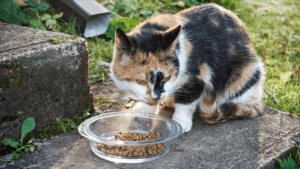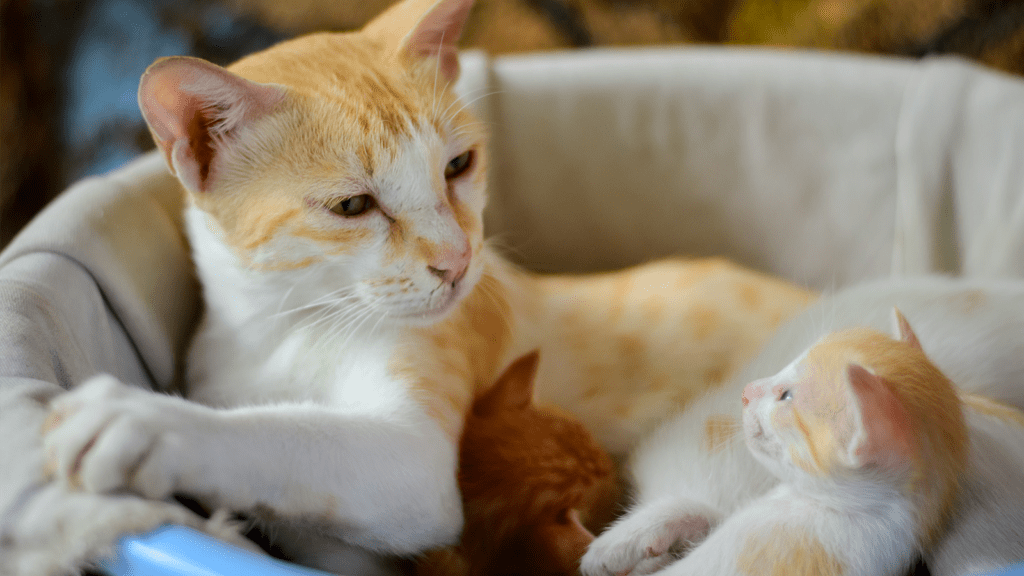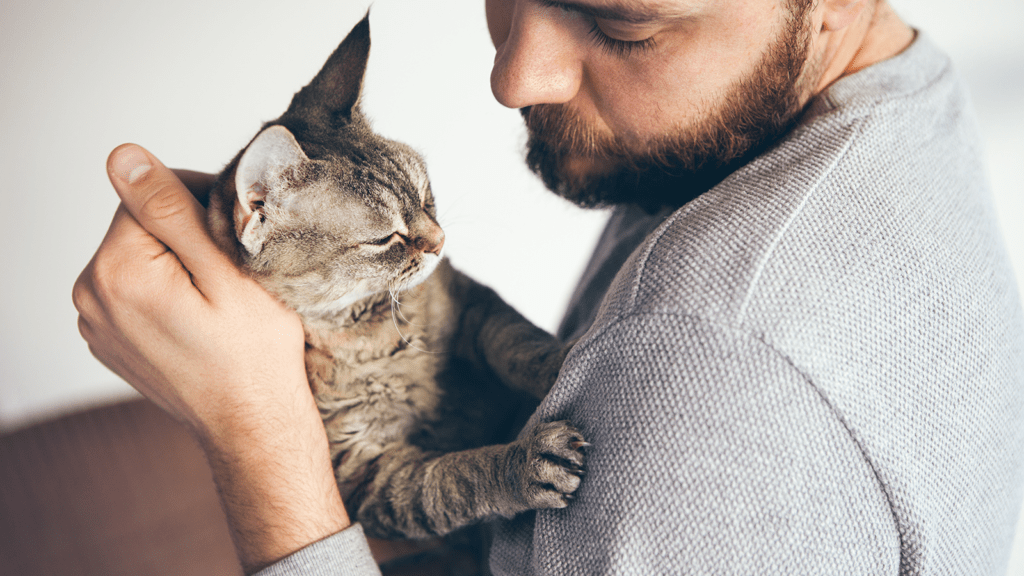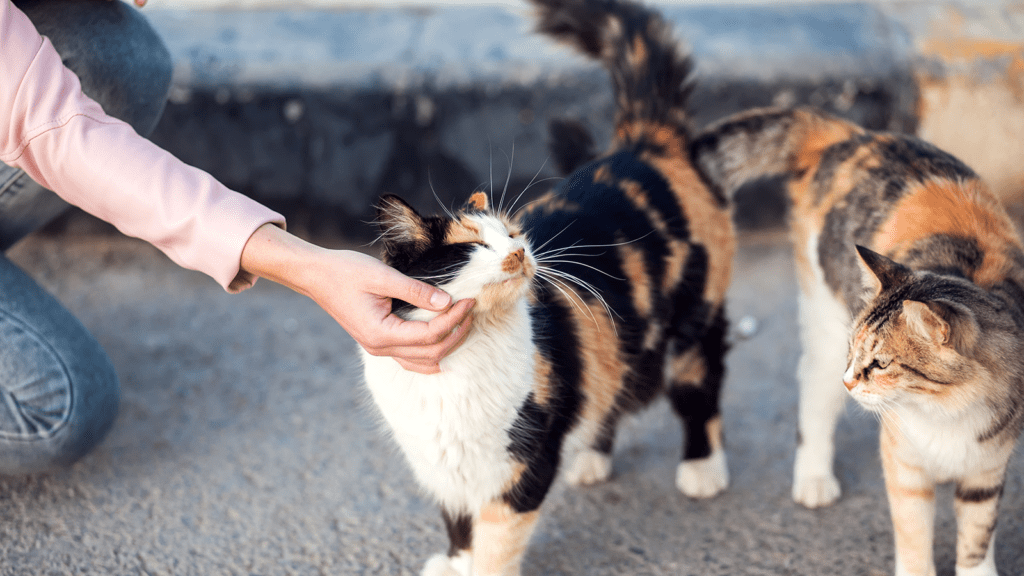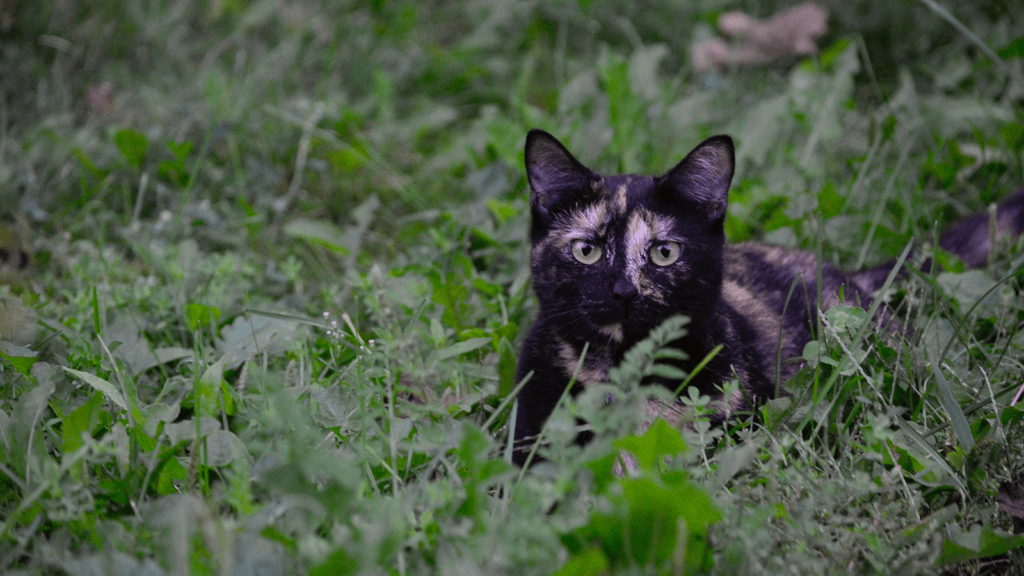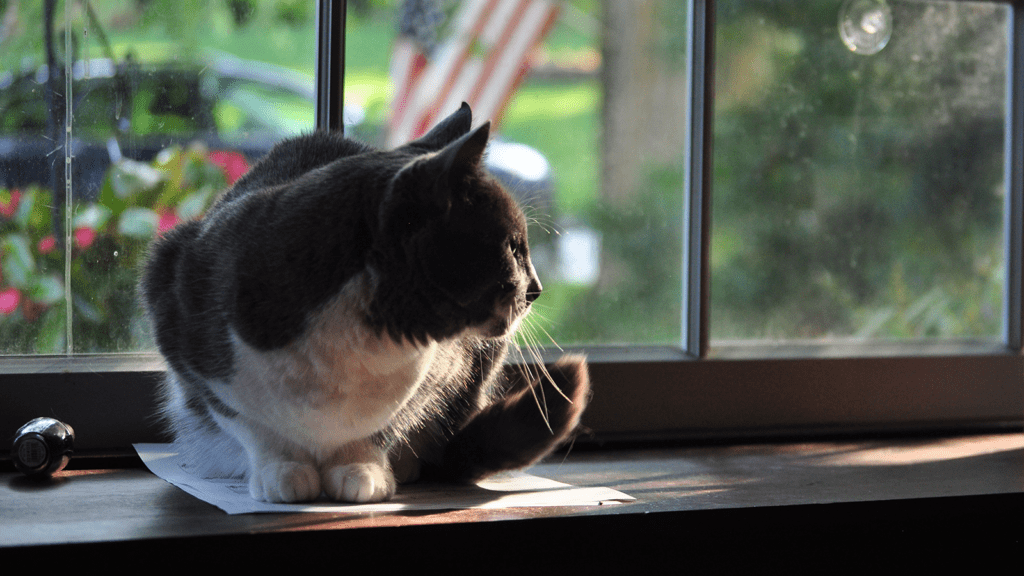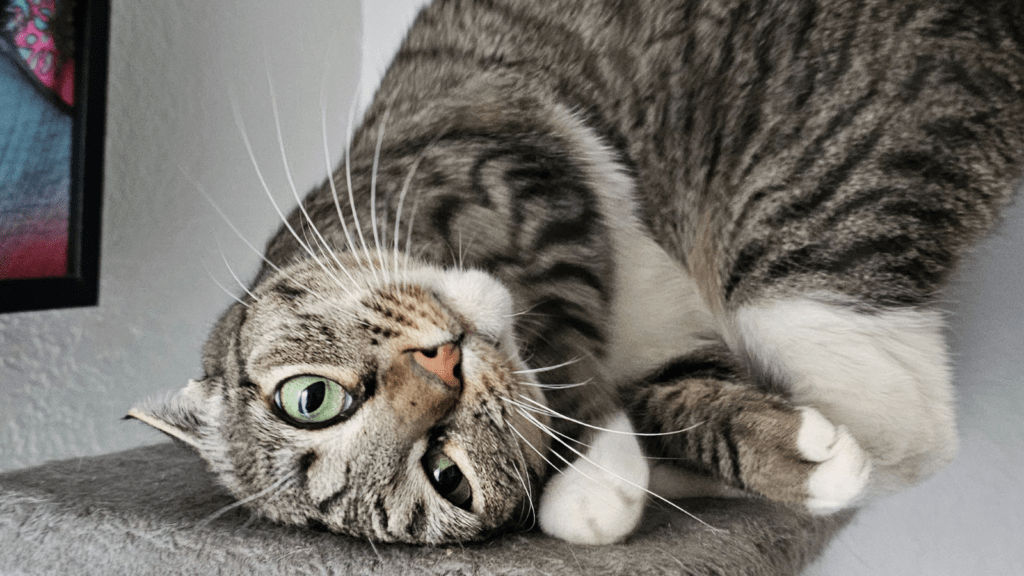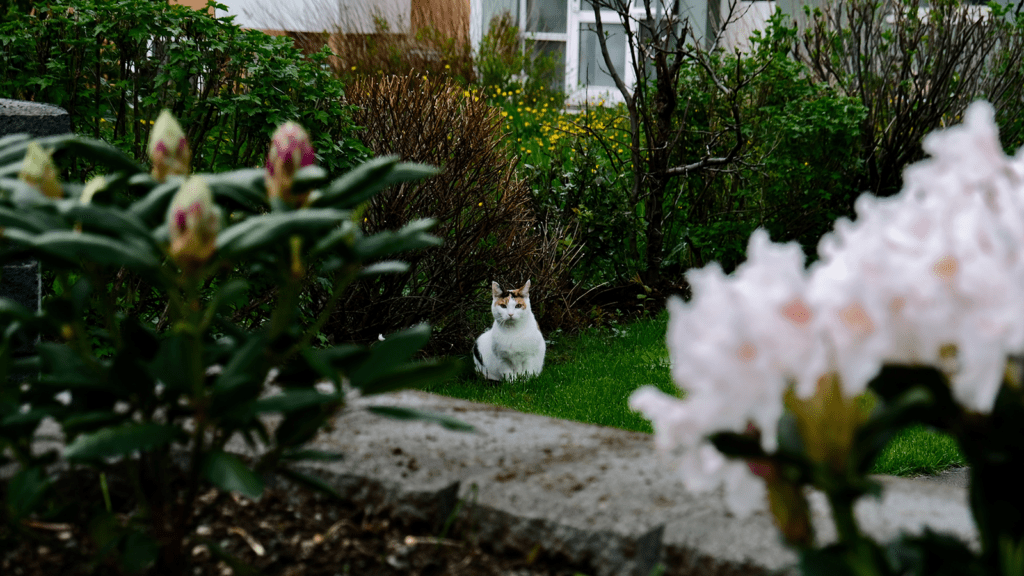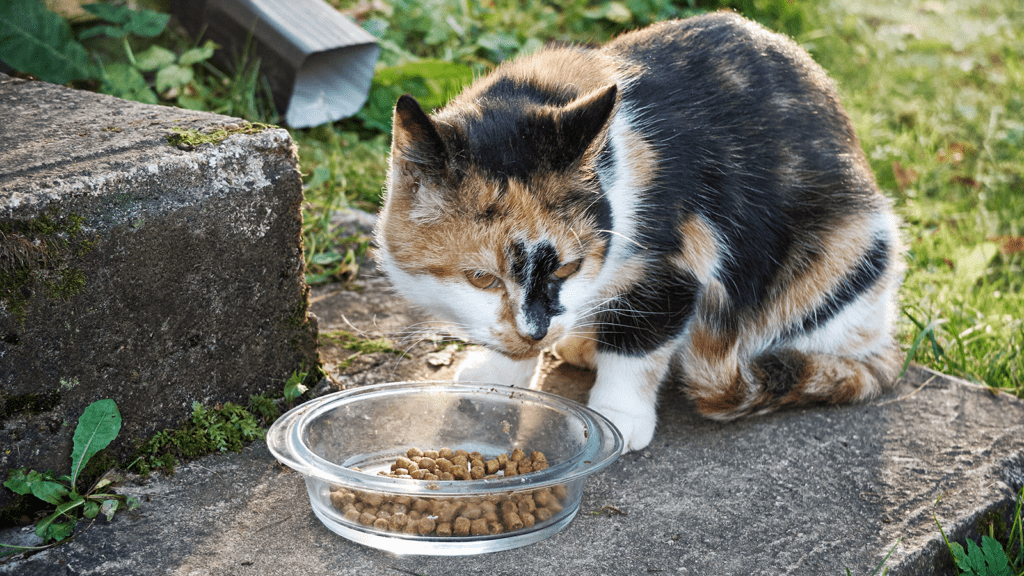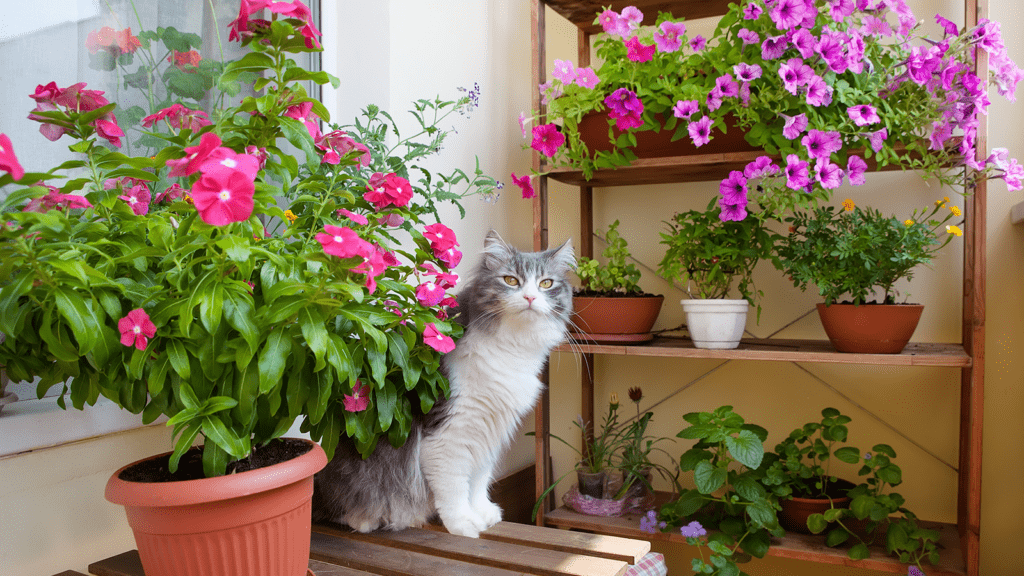What Is Kitten Season?
What Is Kitten Season? Kitten season is the time of year when most female cats go into heat and start giving birth. Outdoor cats, feral cats, and stray cats can produce an overwhelming number of kittens in the spring and summer, which overwhelms shelters and humane societies. Even though cat lovers may really enjoy seeing all the new pictures of kittens, animal rescues, fosters, and animal care facilities are usually less excited about the influx of newborn kittens. When Is Kitten Season? Kitten season occurs in the early spring and summer, but cats can also get pregnant at any time of the year. March through October are when most kittens are born due to warmer weather, which can cause many unaltered female cats to go into heat. That means that community cats give birth to unwanted litters, which creates homeless kittens born into difficult situations. Why Is Kitten Season A Problem? There are not enough homes for all of the kittens that are born during the kitten season. As a result, many kittens end up in shelters or are euthanized. Kitten season is also a burden on the nonprofits and animal shelters that provide support. The sudden surge can quickly deplete resources and overwhelm the staff. Newborn kittens and nursing cats are also more difficult to manage. You have frequent feedings and sometimes bottle feedings, managing their body weight, body temperature, and litter box training. Kitten Season FAQS How Long Are Cats In Heat? Female cats are usually in heat for around 3-4 weeks. However, they can stay in heat for up to 6 weeks. How Long Are Cats Pregnant? Cats can be pregnant for about two months, usually between 58 to 70 days. How Many Kittens Can A Cat Have In A Year? Feral cats can have anywhere from one to 24 kittens in a year. The average litter size is four kittens, but it can be anywhere from one kitten, two kittens, up to 12 kittens at a time, and two litters a year. A female cat can become pregnant from multiple male cats in a year, producing multiple litters. How Often Can A Cat Have Kittens? Cats can have up to six litters of kittens in their lifetime. It takes about two months for a cat to get pregnant and give birth, so technically, a cat could give birth up to five times a year. That’s one reason why it’s important to have all cats spayed or neutered. What Percentage Of Outdoor Kittens Survive? Only 8% of feral cats born into the wild survive to adulthood (source). Outdoor cats have to fend for themselves and compete with other cats and animals for food and shelter. They also don’t have the benefit of vaccinations and other medical care that domestic kittens receive. As a result, many of them don’t survive to adulthood. If you find kittens, they will live healthier lives if you can also find them foster parents or a temporary home. How Long Do Female Cats Stay With Their Kittens? Mother cats typically stay with their kittens until they are around eight weeks old. After that, the kitten usually becomes independent, and the mother cat will move on to have another young litter. Will A Feral Cat Abandon Her Newborn Kittens If You Touch Them? No, feral cats will not abandon their kittens if you touch them. While that might be true for other species, it is a myth for cats. If you find a stray or feral kitten, be sure to look around for the mother and other littermates. It’s best to take all outdoor newborns to a veterinarian or animal shelter. Animal shelters and Humane Societies are nonprofits and can help ensure the cats get the proper care. What You Should Do If You Find A Kitten If you find a kitten, the best thing to do is to take them to a local animal shelter or rescue organization. They will be able to provide the kittens with the care they need and find them a loving home. How Long Should Kittens Remain With Their Mother? Kittens should remain with their mother until they are eight weeks old. It’s best to wait until the cat is two months old before adopting them. Keeping a kitten with its mother longer ensures that the kitten is healthy and socialized. Kittens can start eating solid food when they are around four weeks old. They will wean themselves off their mother’s milk as they start to eat more solid food. Here Are 8 Great Ways You Can Support Your Local Animal Shelter! Kitten season is a hectic and taxing time for shelters and humane societies, but there are ways that you can help ease the burden. Adopting, volunteering, and spreading the word are all great ways to make a difference in the lives of animals during this time.
What Is Kitten Season? Read More »

